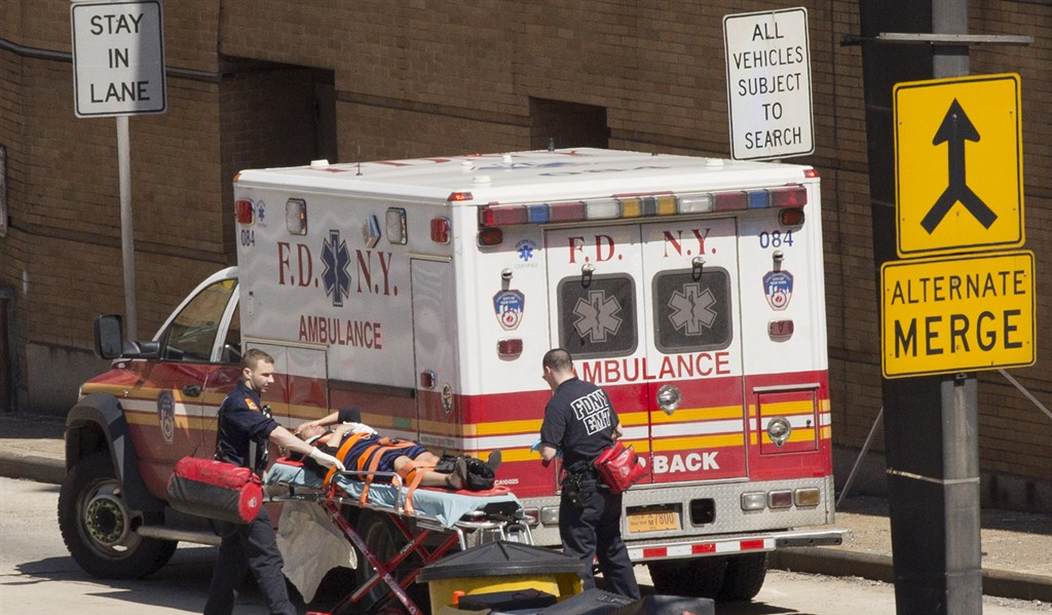The NY Post has published two stories this week about emergency response times in NY City. The time it takes for fire vehicles and ambulances to arrive at the scene of an accident has been increasing for the past couple years and the result is fewer people being rescued, especially in the case of medical emergencies. It turns out most people having a heart attack can't wait 10 minutes for help.
Combined response times by FDNY ambulances and fire companies to “life-threatening medical emergencies” were up 20 seconds on average during the fiscal year ending June 30 – or 3.5% — to 9 minutes and 50 seconds compared to the previous 12 months, according to the Fiscal 2023 Mayor’s Management Report, released Friday...
The FDNY also noted an uptick in life-threatening medical emergency calls, from 564,412 in fiscal 2022 to 605,140 last fiscal year...
“We’re on the brink of costing people’s life if things don’t change,” said Oren Barzilay, president of Local 2507, the union representing more than 4,100 rank-and-file city emergency medical technicians and paramedics.
Already, the overwhelming number of people who suffer cardiac arrest and call an ambulance for help don't survive.
City firefighters and medics revived just 20% of all cardiac-arrest patients during the fiscal year ending June 30, the worst success rate since the FDNY began documenting the statistic more than a decade ago, according to the annual Mayor’s Management Report.
“It’s absolutely shocking to learn that four out of five cardiac-arrest calls in New York City end in the death of a patient,” Andrew Ansbro, president of the Uniformed Firefighters Association, told The Post.
Apparently, NYC's success rate isn't that different from other major cities. At least that's what an FDNY spokesman said. Research on this topic suggests that people who have a heart attack outside a hospital and who don't receive CPR from a bystander very quickly are unlikely to survive. Those with the best chance of survival are people who receive CPR from a bystander within one minute. Even then the survival rate is not much higher than 20 percent.
Still, having professional help 10 minutes out seems like it is guaranteed to cost more lives. This is a situation where time to treatment is the critical factor. So why is the response time so slow?
Response times have jumped because the number of emergency calls are up, staffing is short and resources strained, the head of the union representing city EMTs and paramedics said.
Meanwhile, City Hall’s anti-car agenda has narrowed more streets and changed traffic patterns, slowing down drivers — including first responders, added Oren Barzilay, president of Local 2507 of District Council 37.
This is a serious problem that everyone agrees is getting worse over time. The city needs to review what is happening, identify the cause of the delays and make some effort to fix them, whether by hiring more first responders or doing something about traffic issues. Until response times start dropping this should be a front-burner issue.








Join the conversation as a VIP Member